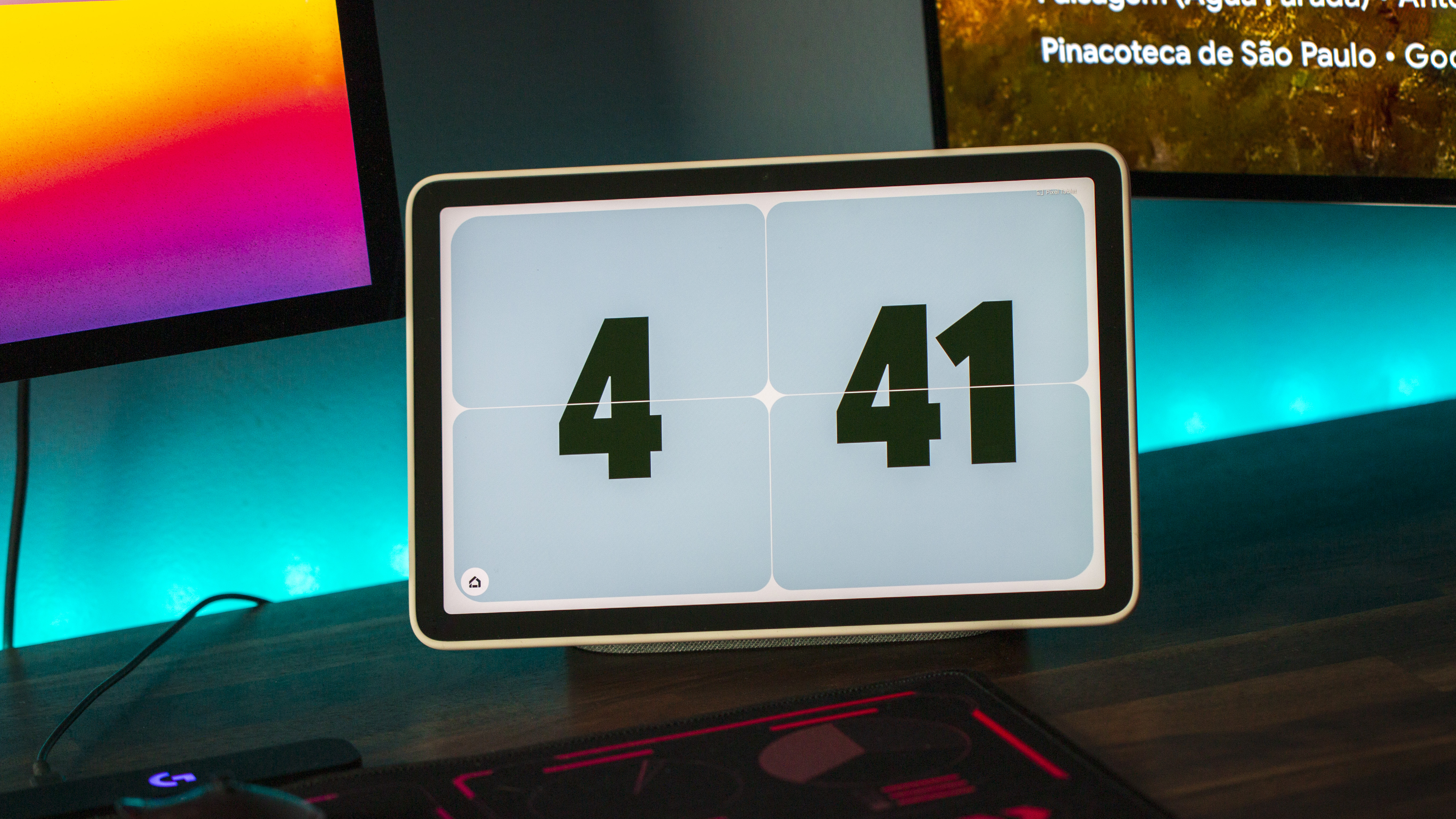Google Pixel Tablet
Latest about Google Pixel Tablet
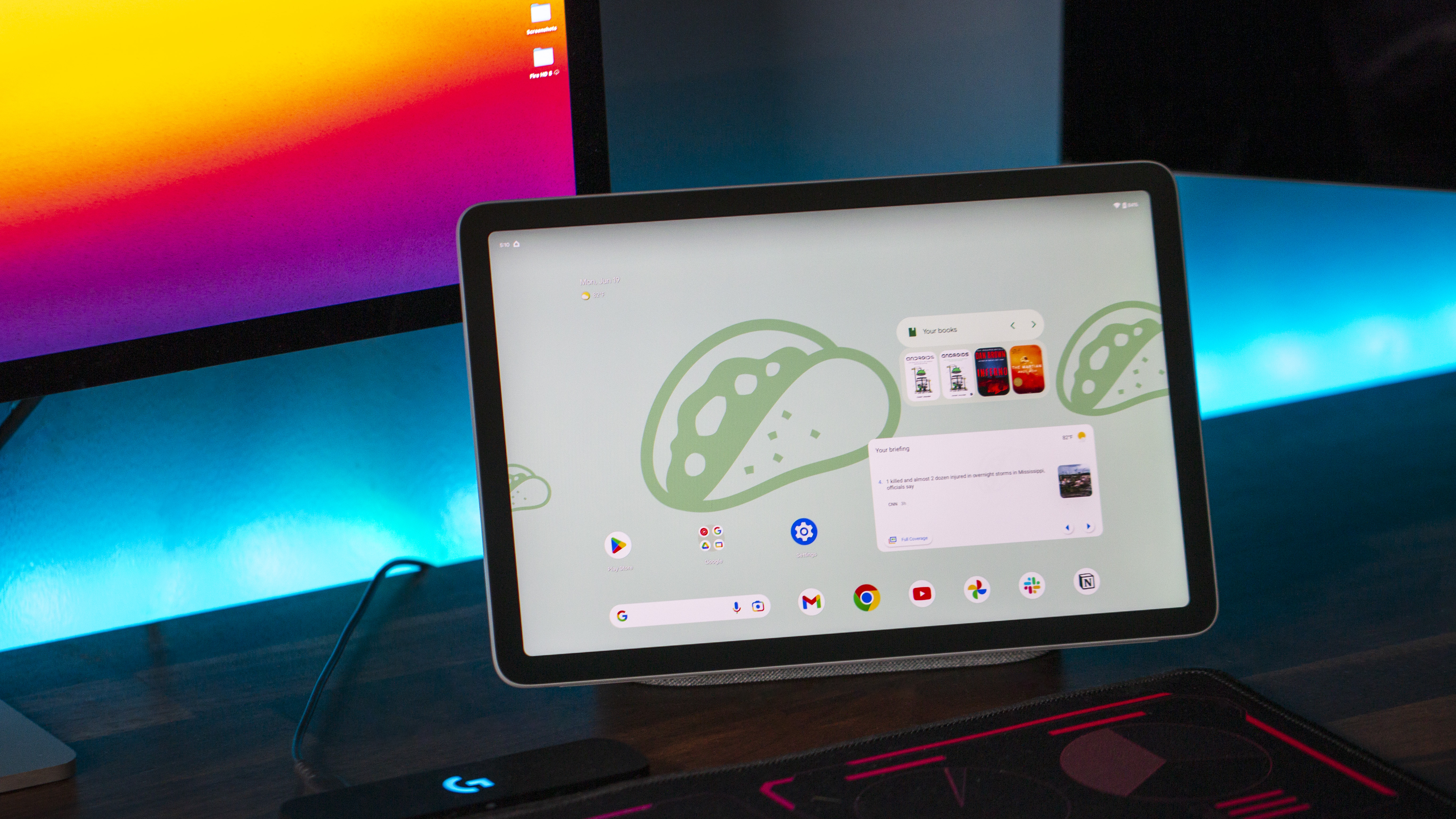
Finally! The Google Pixel Tablet scores a record-smashing discount during Amazon's Christmas sale (but the clock is ticking..)
By Patrick Farmer published
Last chance! You can order the top-rated Google Pixel Tablet (no charging dock) with an epic 30% discount today — AND it'll arrive by Christmas!
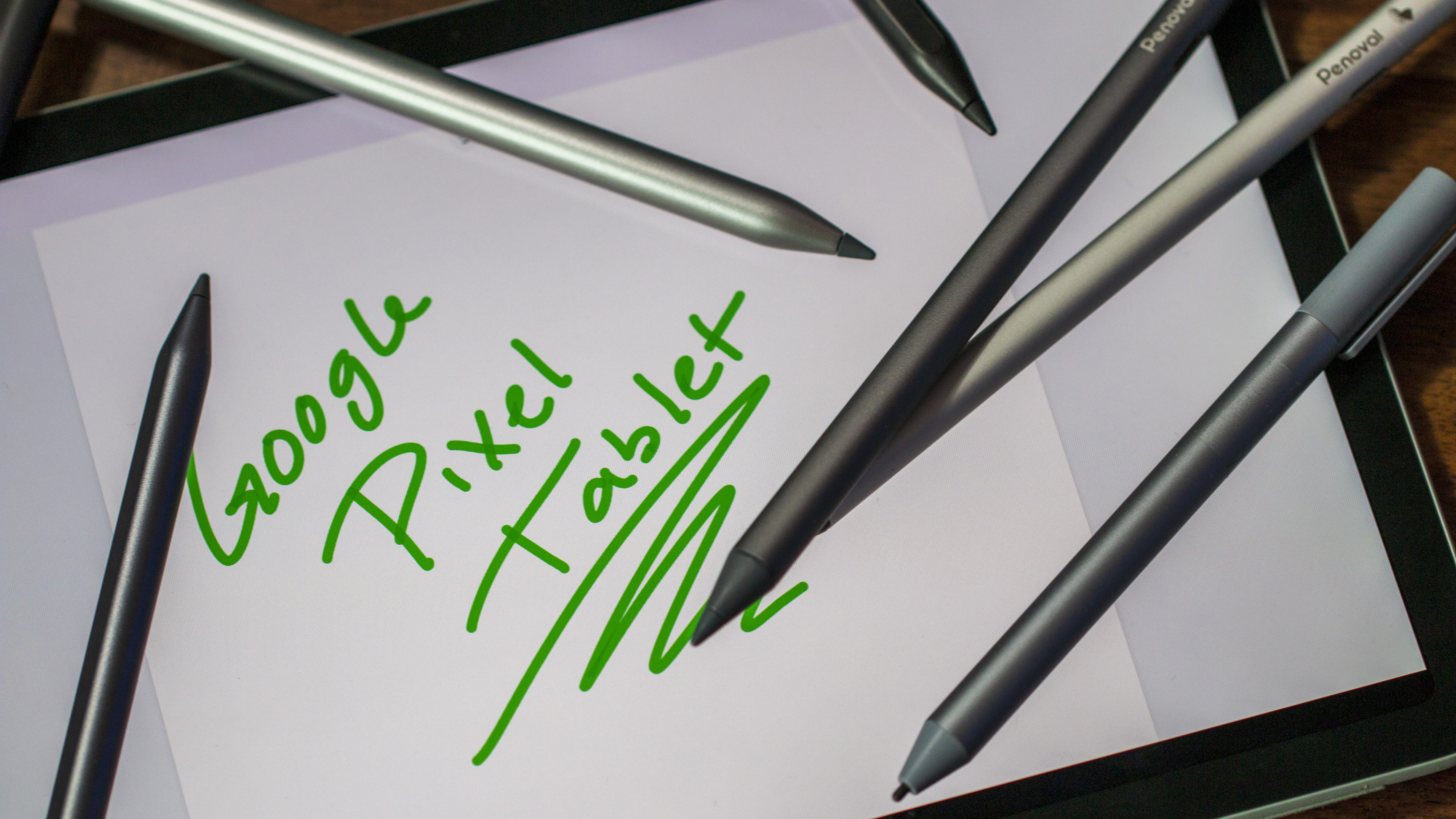
Google's stylus for the Pixel Tablet might still be on the horizon
By Jay Bonggolto published
A missed opportunity Here’s what Google’s Pixel Tablet Pen could have been.
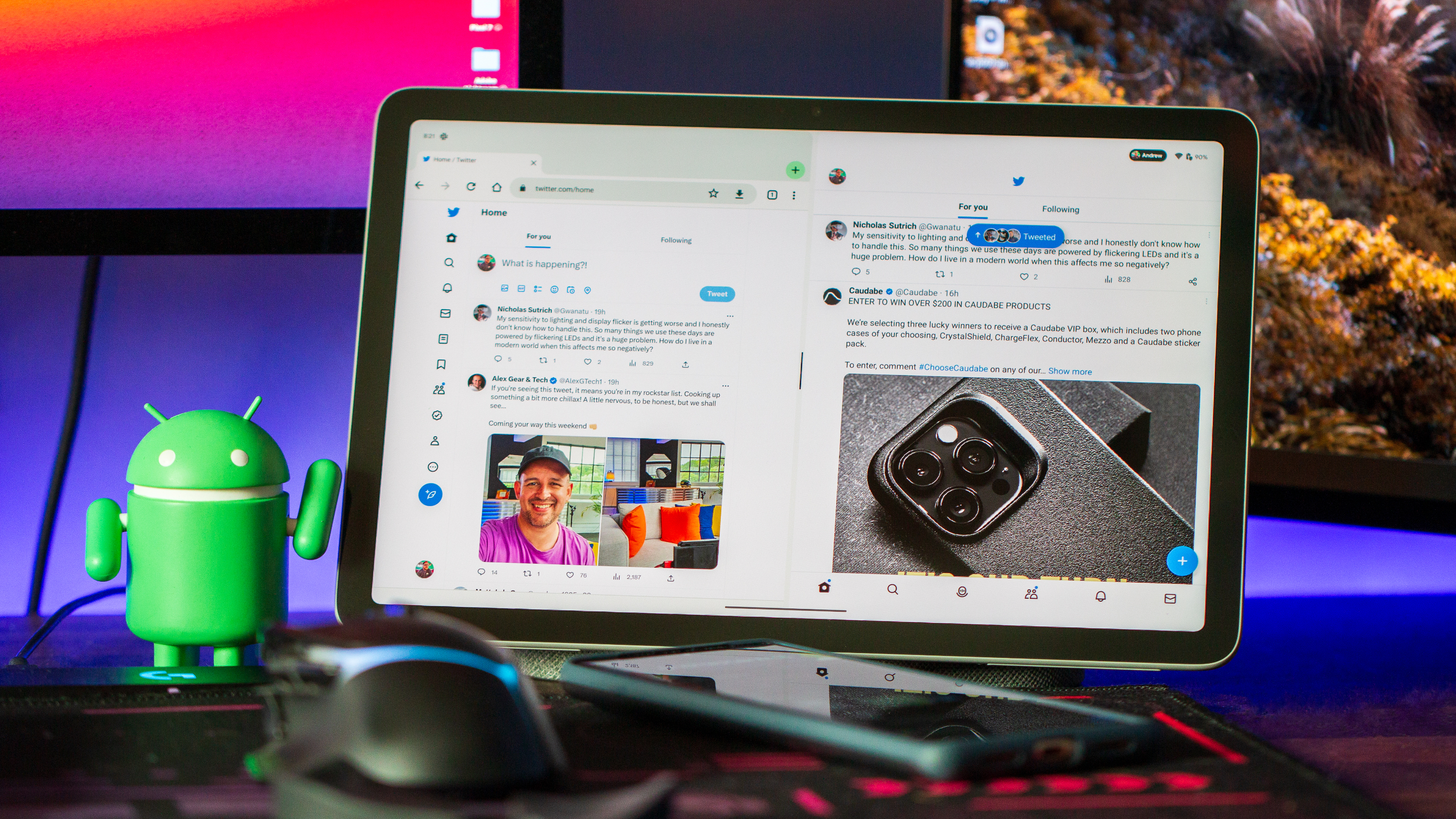
No, this isn't a typo — You can STILL buy the Pixel Tablet and charging dock for less than the Pixel Tablet with charging dock during Cyber Monday
By Derrek Lee last updated
Loophole The standalone Pixel Tablet is currently 30% off for Cyber Monday, which you can combine with a $129 charging dock.
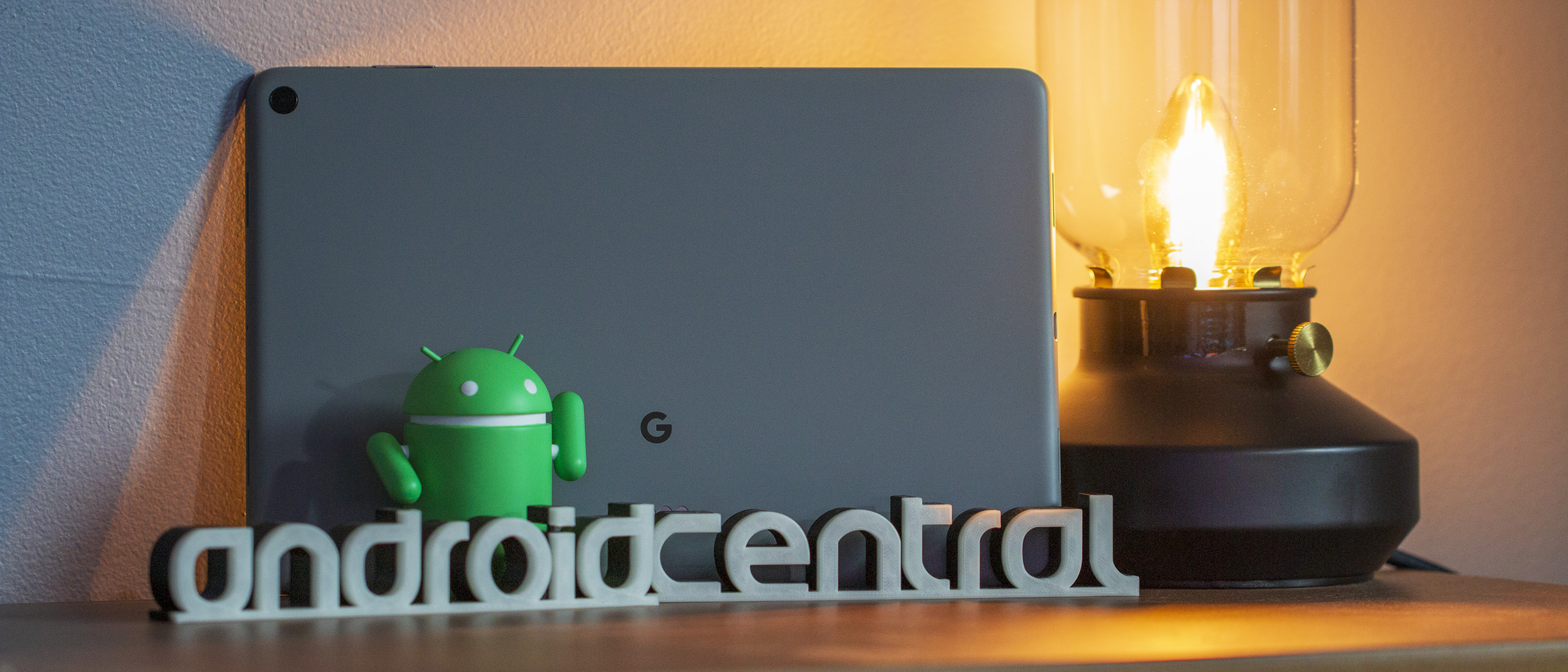
Google Pixel Tablet review: Jack of most trades, master of one
By Andrew Myrick last updated
The Chosen One It's not perfect, but I seriously can't stop finding reasons to use it.
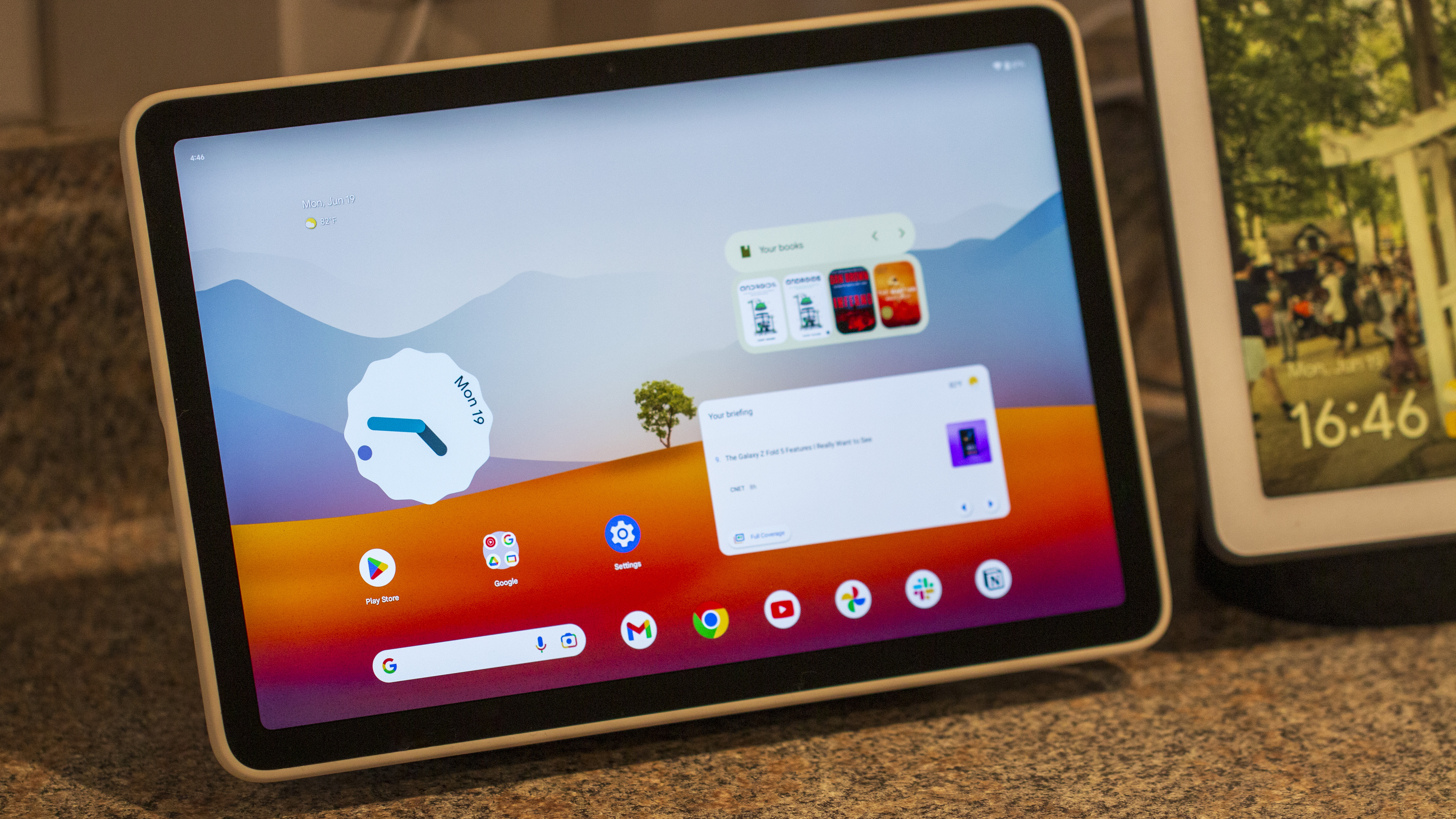
Pixel Tablet gets a surprise VPN boost from Google
By Jay Bonggolto published
Finally!!! Google VPN finally lands on Pixel Tablets with Android 15.
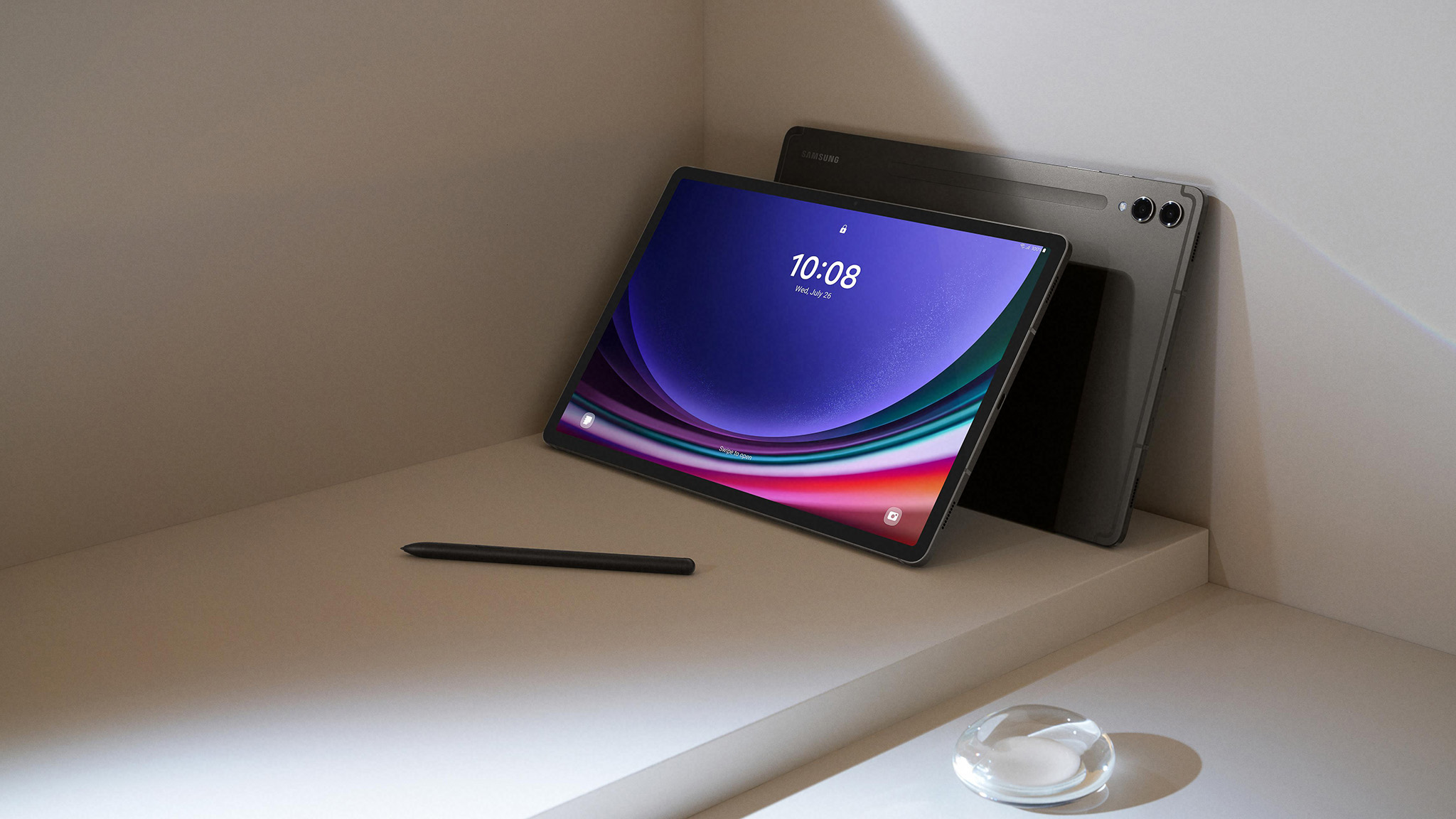
Samsung Galaxy Tab S9 vs. Google Pixel Tablet: Which 11-inch tablet is right for you?
By Andrew Myrick last updated
Versus In the Galaxy Tab S9 vs. Pixel Tablet analysis, we'll provide all the details you need to decide which 11-inch tablet is worth owning.

Google reportedly cancels development of future Pixel Tablet models
By Nickolas Diaz published
Cancelled already? Reports surfaced, claiming Google has cancelled a future Pixel Tablet, codenamed "Kiyomi."
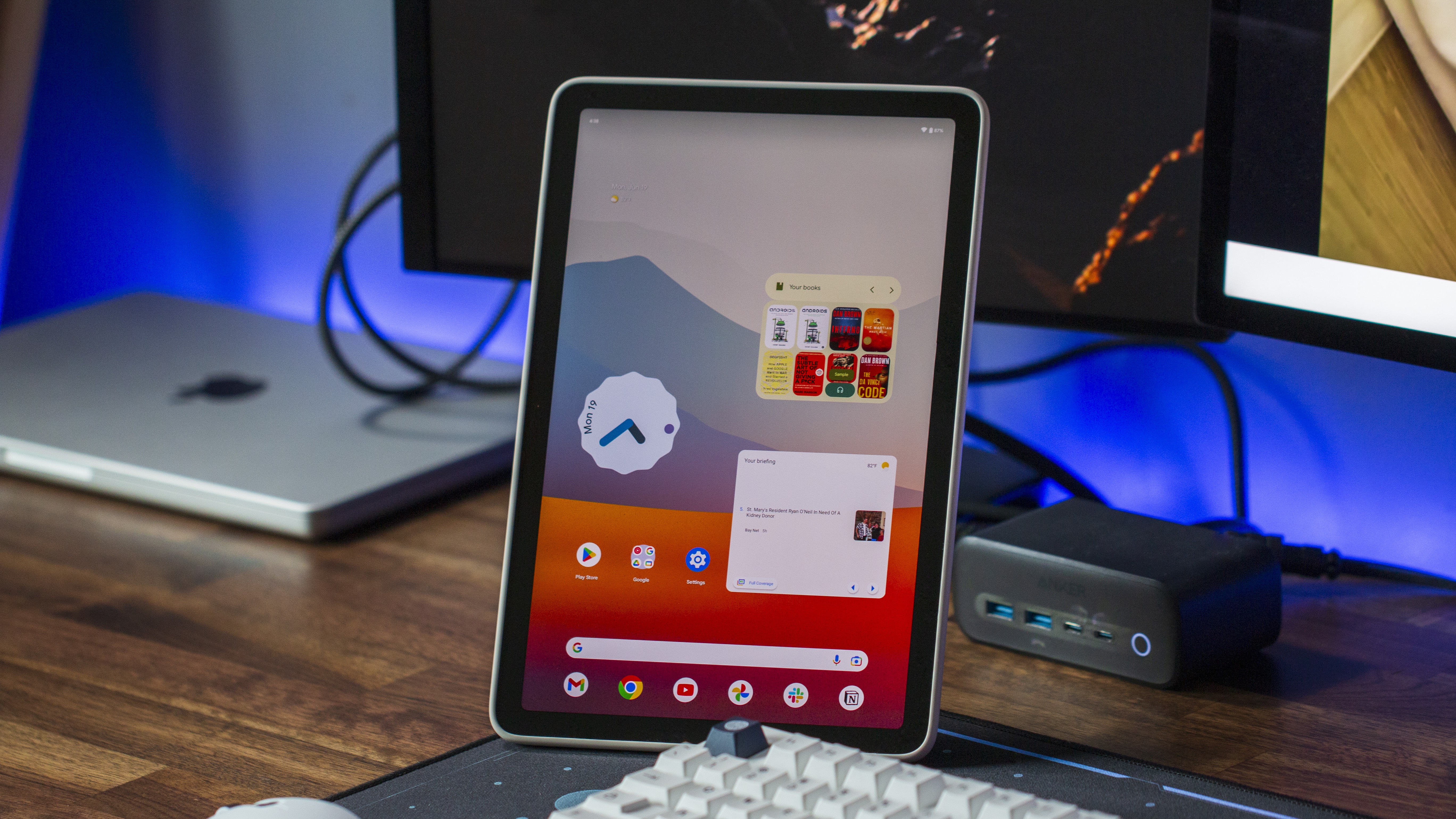
VPN by Google could finally come to the Pixel Tablet in Android 15 QPR2
By Brady Snyder published
At last? VPN by Google currently only supports certain Pixel phones, but the Pixel Tablet could join their ranks soon.
Be an expert in 5 minutes
Get the latest news from Android Central, your trusted companion in the world of Android
